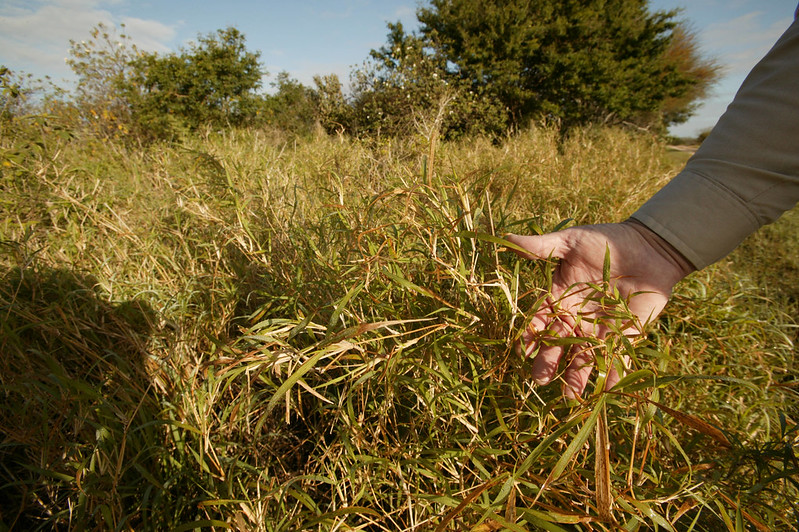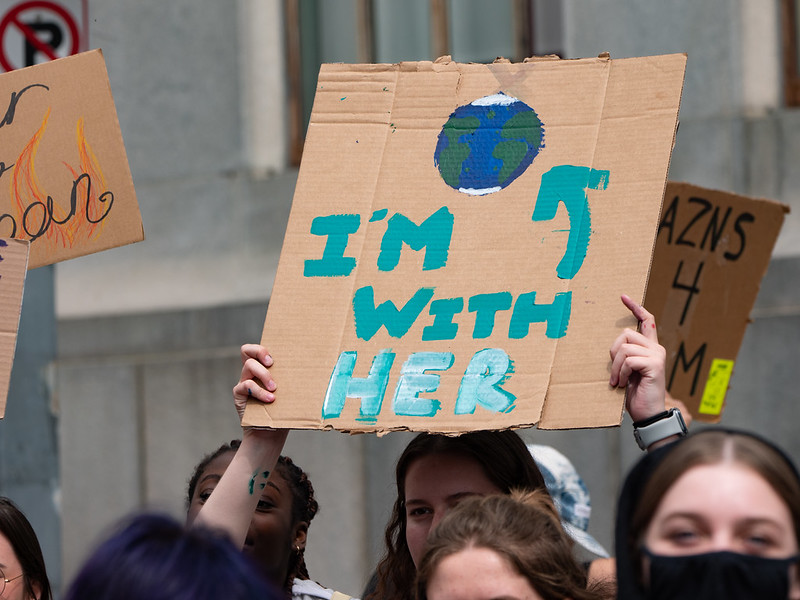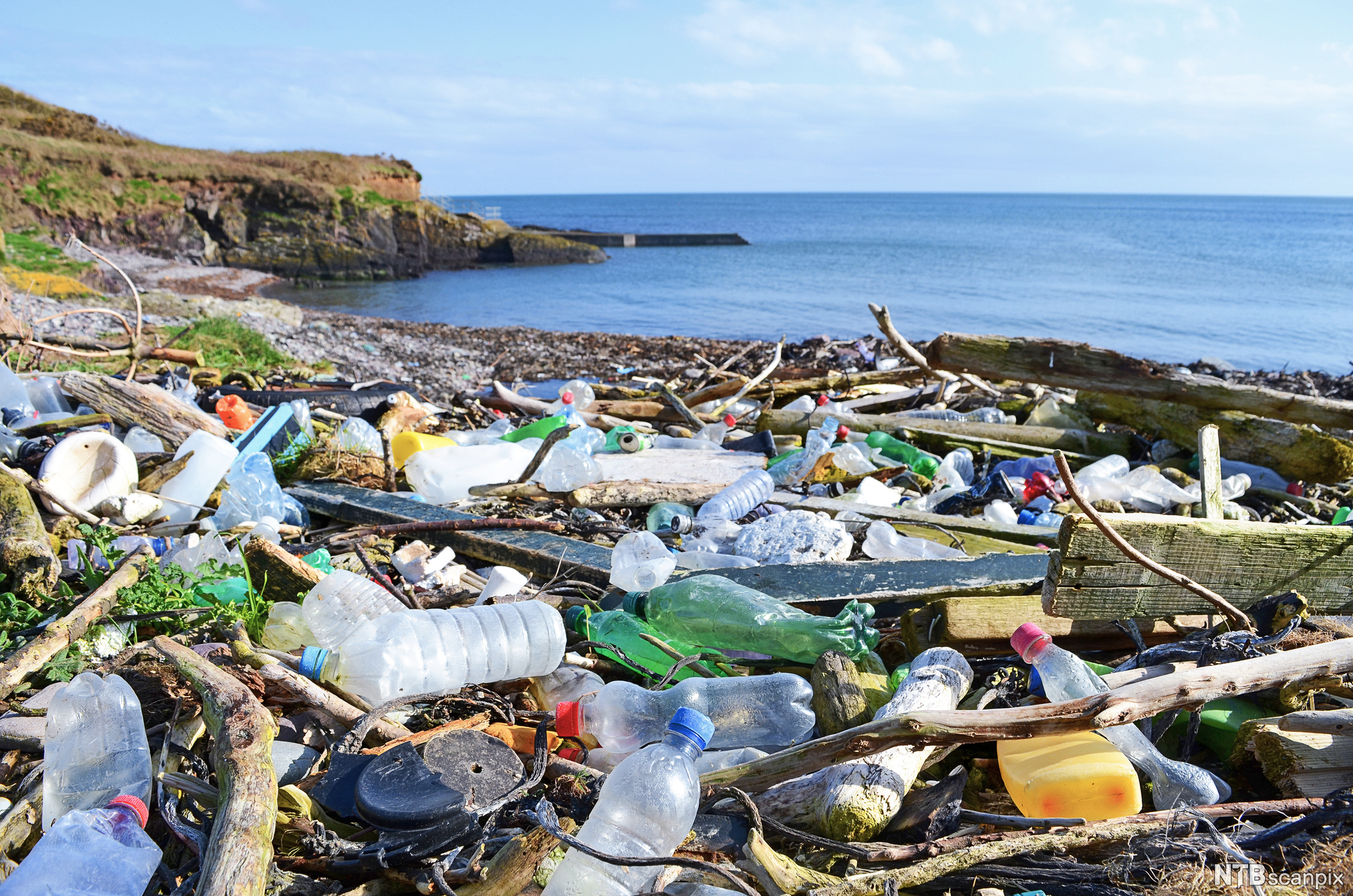“With so many major drivers of change predicted to worsen,” said one researcher, “it is expected that the increase of invasive alien species and their negative impacts, are likely to be significantly greater.”
By Julia Conley. Published 9-4-2023 by Common Dreams

As wildfires burned through 3,200 acres of land on the Hawaiian island of Maui earlier this month, ultimately killing at least 115 people and destroying the city of Lahaina, some observers noted that the dry grasses that colonial occupiers introduced in the place of Hawaii’s natural forests made the fires spread faster than they would have if the land had been left intact.
On Monday, a study resulting from nearly five years of research by experts from 49 countries revealed how the grasses are among thousands of harmful invasive alien species that have been introduced by human activities and placed communities across the globe at risk, with the human-driven climate emergency often exacerbating the negative impact of invasive plant and animal species.
Continue reading



